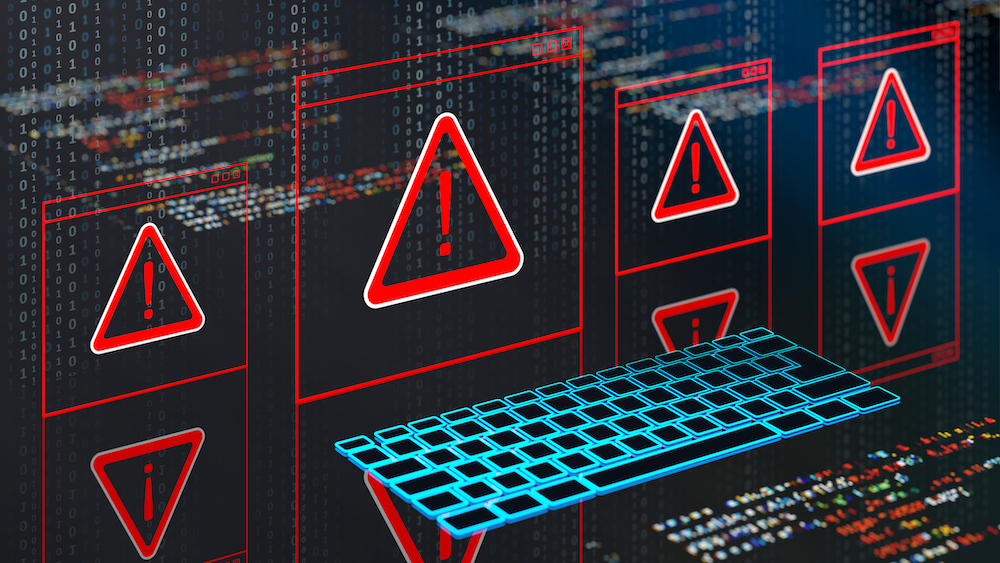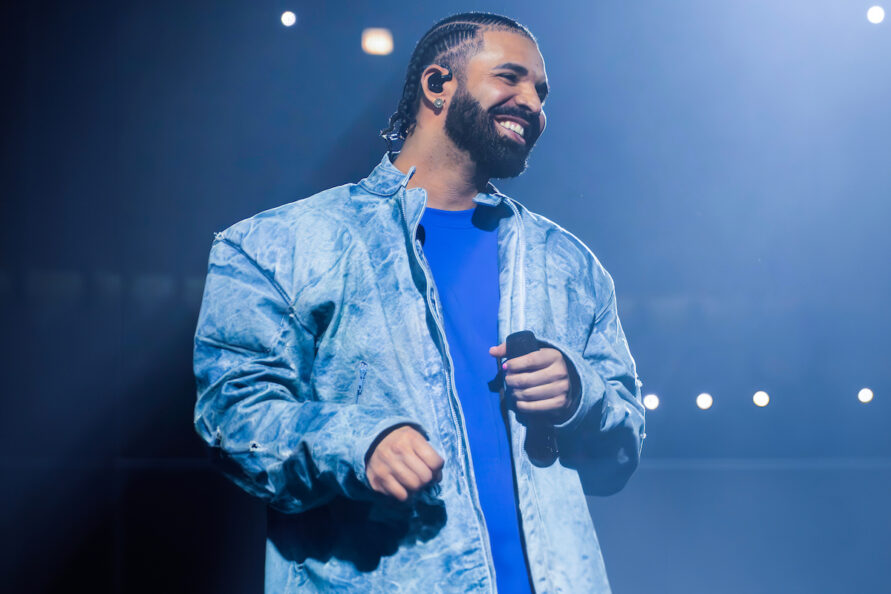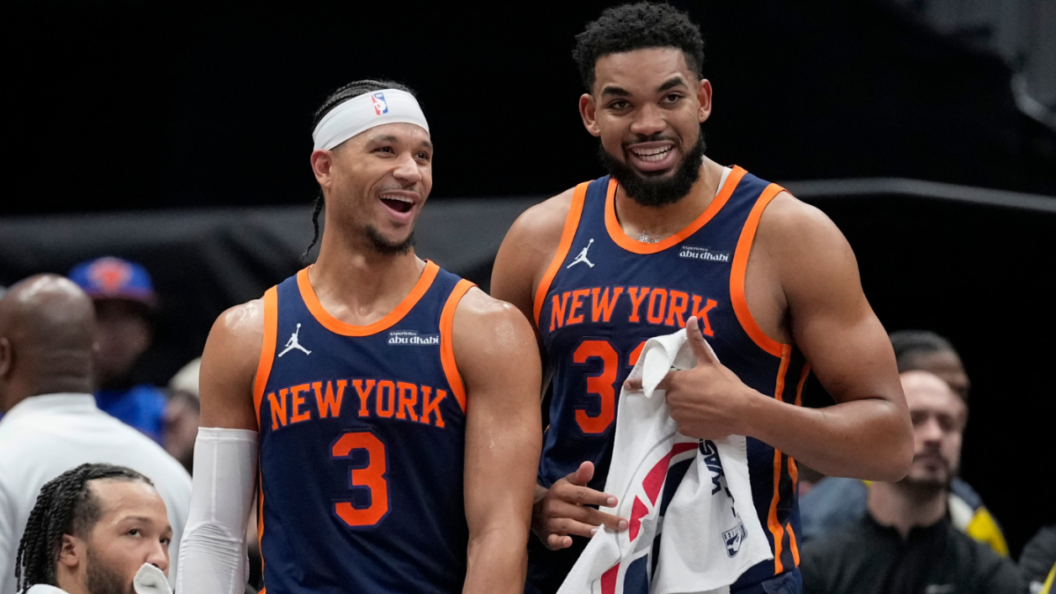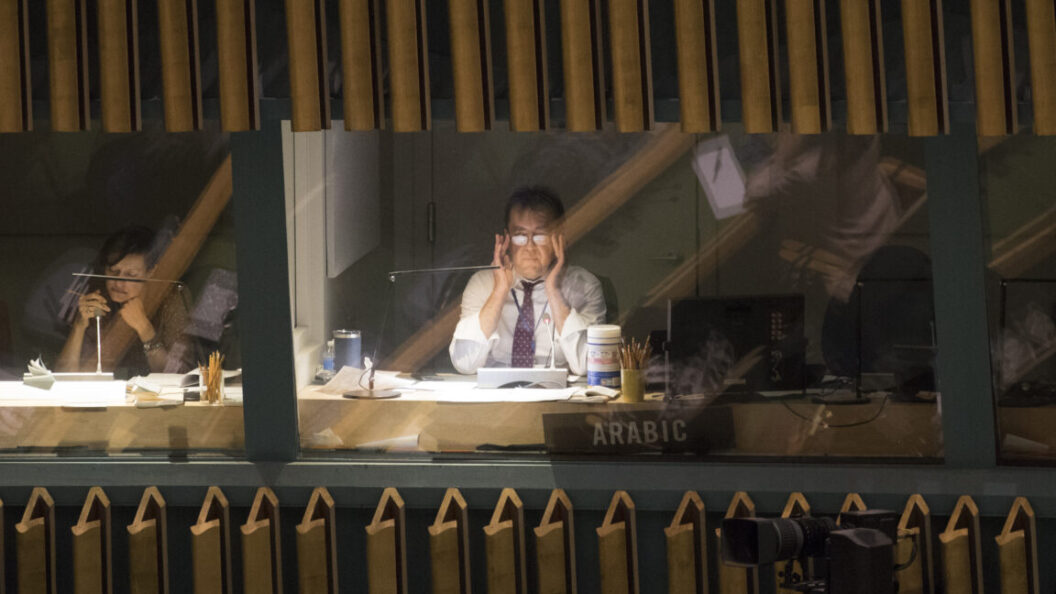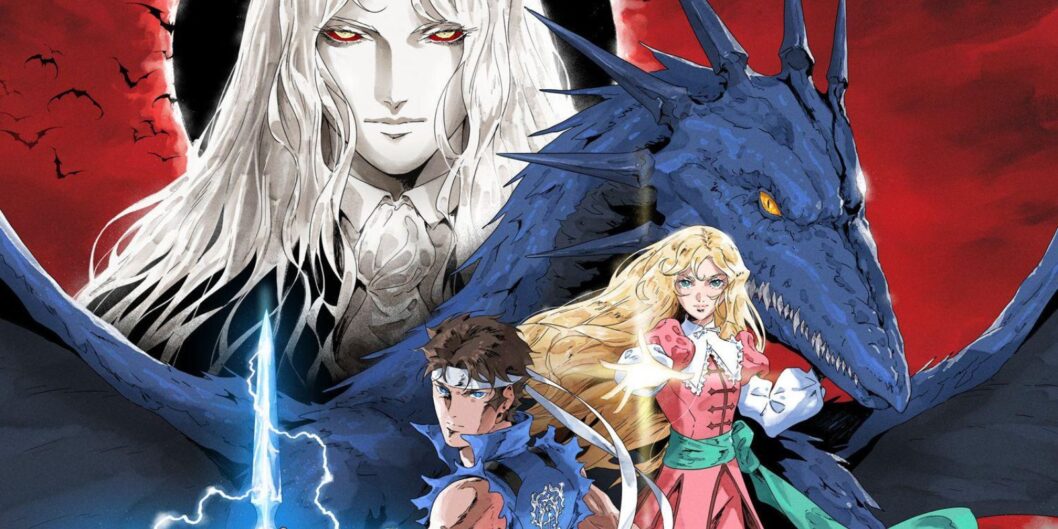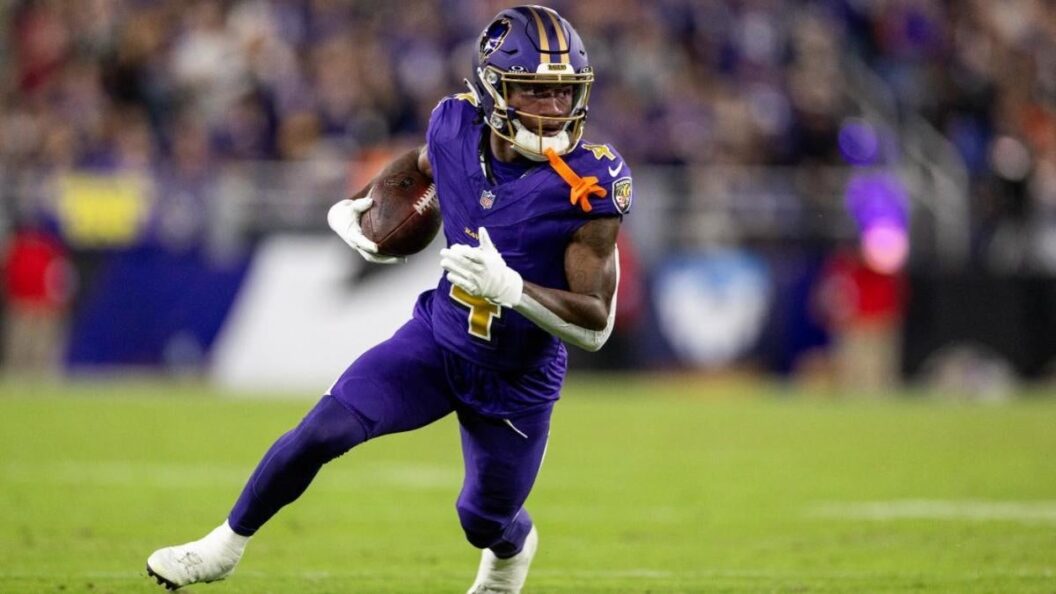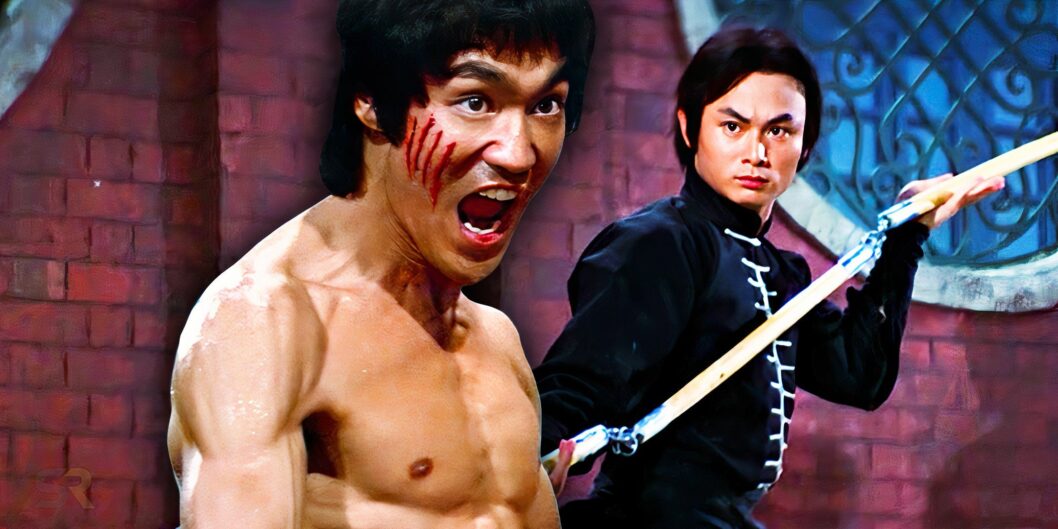Microsoft Addresses Major Security Flaw in Windows Firmware
Summary of a Critical Vulnerability
On July 25, 2023, Microsoft announced a significant security patch to address a vulnerability identified as CVE-2024-7344. This flaw has reportedly been present for several months and affects the Secure Boot feature designed to protect Windows devices from malicious firmware infections. While Microsoft has taken steps to mitigate this issue, the implications for Linux systems remain uncertain.
Understanding the Vulnerability
Secure Boot has functioned since its introduction in 2012, aiming to maintain a chain of trust that ensures only verified firmware and operating system components are loaded during the boot process. By verifying digital signatures of firmware modules and the OS bootloader, Secure Boot enhances device security against tampering. However, with CVE-2024-7344, attackers with privileged access to a device could exploit this system to load malicious firmware before the operating system is fully operational, fundamentally undermining the protective measures in place.
The attack strategy is particularly insidious, allowing malware—often referred to as "bootkits"—to bypass standard security defenses. Bootkits can persist even after a system’s hard drive has been reformatted, posing severe risks to the security and integrity of user data on affected devices.
Discovery of the Exploit
The vulnerability was brought to light by Martin Smolár, a researcher with the security firm ESET, who discovered an unsigned UEFI application named reloader.efi within a suite of real-time system recovery software called SysReturn from Howyar Technologies. This application, rather than correctly carrying out the Secure Boot validation process through established UEFI functions, utilized a custom Portable Executable (PE) loader that failed to perform necessary integrity checks.
Upon further investigation, Smolár found the same UEFI application embedded in the recovery tools of six other suppliers. This revelation raised concerns about the broader implications of vendor compliance with security protocols and the robustness of Microsoft’s internal review process for third-party UEFI applications.
Security Responses and Implications
In response to the identified vulnerability, Microsoft released a patch to mitigate the risk associated with bootkits exploiting the flaw in Secure Boot. While the timely patching is a critical action, the potential impact of this issue on Linux systems remains ambiguous, warranting further scrutiny and updates from both the Linux community and security experts.
The incident has reignited discussions regarding the reliability of digital signatures and the security of firmware more broadly. As interruptions to the Secure Boot integrity can lead to widespread device vulnerabilities, affected vendors and manufacturers are urged to reassess their security practices and enhance their review processes to prevent similar occurrences in the future.
Conclusion: A Wake-Up Call for Cybersecurity
The revelation of CVE-2024-7344 is a stark reminder of the vulnerabilities inherent in modern firmware and the importance of rigorous security practices. As the digital landscape evolves, so too does the sophistication of cyber threats. Incidents like this not only highlight the need for ongoing vigilance and improvement in security protocols but also point to potential weaknesses in the defenses that are generally trusted by users and organizations.
As the situation develops, stakeholders across the technology industry must remain engaged to ensure comprehensive protection against such threats, reinforcing the vital connection between user safety and robust security policies. The significance of this patch illustrates that even well-established security measures like Secure Boot may harbor weaknesses that can be exploited, prompting a holistic reevaluation of device security in the face of evolving cyber risks.



